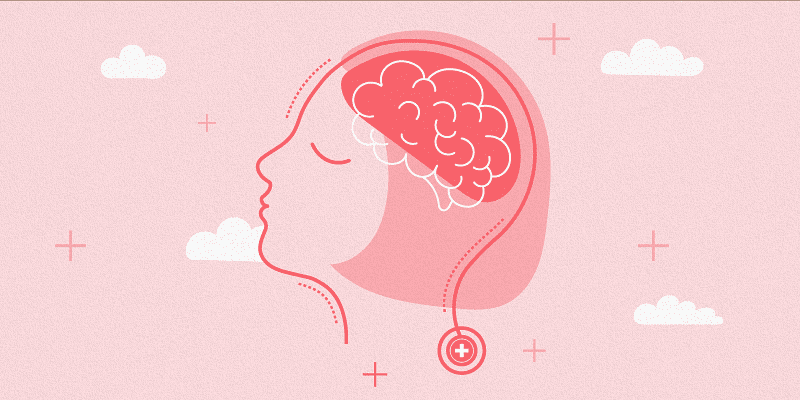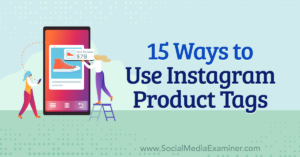
The world we live in now has changed, everything is fast-paced, demands are high so are the expectations from you. Navigating through this hustle culture is not easy for many. If you are an individual with Attention Deficit Hyperactivity Disorder (ADHD), this can be an even more challenging journey for you.
So, the question is if there is a way out of this situation. Is it even possible for employees with ADHD to face the challenges of high demands and expectations as effectively as others? Yes, it is. Is it going to be easy? No. It will require patience and continuous effort. In this article, we will explore the unique challenges faced by employees with ADHD in the hustle culture and effective strategies to deal with it and safeguard mental well-being.
What is ADHD?
But before we rush, let’s understand this term better. According to the National Institute of Mental Health. ADHD is marked by an ongoing pattern of inattention and/or hyperactivity-impulsivity that interferes with functioning or development. People with ADHD experience symptoms such as lack of attention and focus, hyperactivity, and impulsivity characterised by an extreme lack of self-control.
It can affect both children and adults and impact various aspects of life, including work. Individuals with ADHD often struggle with maintaining focus, organising tasks, and managing time effectively. This makes it particularly challenging to thrive in environments that prioritise constant activity and multitasking.
Challenges faced by employees with ADHD
In the hustle culture, where multitasking and constant connectivity are celebrated, employees with ADHD may face heightened challenges. The basic expectations from an employee include quick decision-making, rapid task-switching, as well as continuous productivity. These can exacerbate the symptoms of ADHD and can lead to increased stress, anxiety, and a sense of being overwhelmed.
Seemingly simple aspects like maintaining composure in meetings, avoiding interruptions, and adhering to communication norms can pose challenges to individuals with ADHD. Additionally, the pressure to conform to conventional work structures may leave individuals with ADHD feeling misunderstood and unsupported.
Strategies for employees to manage ADHD
Learn to communicate
Establishing open communication with supervisors and colleagues is extremely crucial. By educating them about ADHD and explaining how it may manifest in the workplace, you can create a more supportive environment that is in alignment with your unique needs.
Healthy sleep cycle
Night-time restlessness is common in individuals with ADHD, which then leads to impulsivity and irritability. There is no doubt that sleep impacts almost all aspects of our lives. Having a healthy sleep cycle includes sleeping and waking up at around the same time every day and taking at least 6-8 hours of uninterrupted sleep. This will ensure, your body isn’t confused and is focused on the working hours.
Regular exercise
Exercising regularly is extremely beneficial for increasing focus, attention, and impulse control as well as mitigating stress. Make sure you incorporate this in your daily routine, it could be anything ranging from moderate to vigorous.
A balanced diet
A balanced diet is not only good for your physical health, but mental health as well. A diet rich in omega-3 fatty acids, zinc, iron, and vitamin D, alongside whole foods, aids brain function. Meanwhile, make sure you reduce the intake of stimulants like coffee to a minimum.
Practice mindfulness
Practicing mindfulness techniques and relaxation exercises like deep breathing etc will improve focus and patience. Which is a challenge for individuals struggling with ADHD.
Avoid alcohol, tobacco, and other drugs
Goes without saying, that anything that messes up your thinking process is problematic for your mental health, especially if you are already struggling with factors like decreased attention, focus, and patience.
Digital detox
Limit screen time to a minimum. Fix a time when you are completely away from the screen. You can start small with half an hour first and increase the time with your comfort level. Keeping this detox time before bedtime will also improve the quality of your sleep. So, plan your day accordingly.
Prioritisation and time management
Prioritising tasks based on importance is essential. Set realistic goals. Employees with ADHD may benefit from time-blocking techniques like allocating specific periods to focus on particular tasks. This approach will not only minimise distractions but will promote an organised workflow.
Take breaks
Extending the work hours without a break might seem productive, but it isn’t always the case. Doing that will not only lead to burnout but decrease productivity and lack of motivation in the long run. Therefore, you must take the time to rejuvenate the lost energy. So make sure these breaks are mindful and you don’t waste it on something that drains your energy further like scrolling etc. Instead, go for a small walk or just sit doing nothing.
Bottomline
Free yourself from the clutches of the “the more, the better” mindset. It’s crucial to recognise and embrace neurodiversity in the workplace. Employees with ADHD possess unique strengths and perspectives that can contribute significantly to innovation and creativity. Therefore, the sole focus of organisations shouldn’t be just getting more work done but on creating a more inclusive and productive work environment.
No doubt implementing these strategies will require a proactive and tailored approach. But, this will allow employees with ADHD to safeguard their mental well-being, thrive in their professional roles, and contribute meaningfully to the dynamic landscape of the modern workplace. Which makes it worth the effort.







![Read more about the article [Funding alert] Cora Health raises undisclosed amount from angel investors](https://blog.digitalsevaa.com/wp-content/uploads/2021/06/Imageid9w-1596617303202-1623047843998-300x150.jpg)


